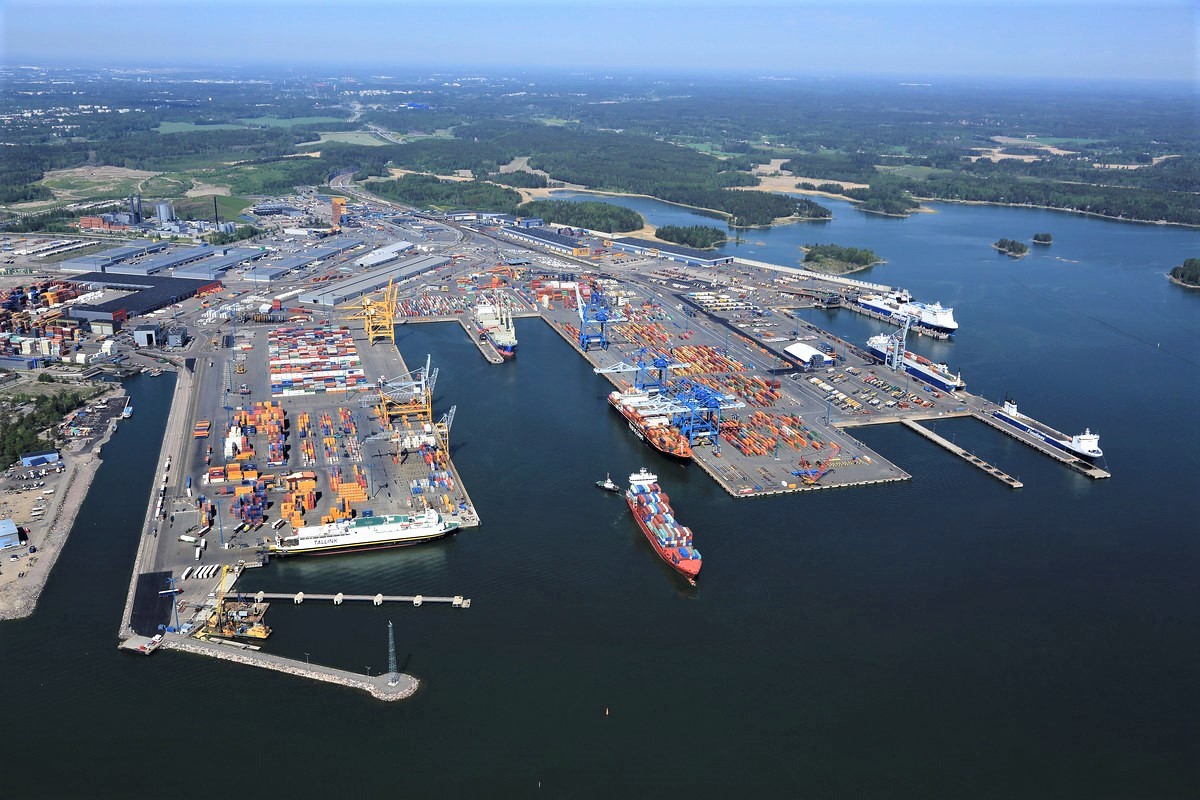
How can machinery contribute to creating a carbon neutral port?
Low-carbon solutions for machinery in cargo port operations at Vuosaari Harbour
machine emissions, cargo port, freight transport, alternative sources of power, road map
The model explored ways to reduce carbon emissions from machines used in cargo port operations, using Vuosaari Harbour in Helsinki as an example. The key themes were low-carbon power sources, the contribution of different partners and the roadmap for reducing emissions from machine operations.
- More than 75% of the CO2 emissions from machines in Vuosaari Harbour are generated by straddle carriers and terminal tractors, so measures to reduce emissions should focus on these types of machines.
- Electrification would appear to be both an emission- and cost-effective solution for energy-intensive machines with high utilisation rates, such as straddle carriers.
- A pilot programme for new technologies has been proposed for 2021–2027, which would pave the way for the launch of low-carbon solutions to the market.
This solution is right for you if
- you are interested in ways and means of reducing carbon emissions from machines, especially in the context of cargo ports;
- you are working on reducing carbon emissions from port machines or port operations;
- you want to promote low-carbon machines in a company or in an industrial area.
BASIC FACTS
- Location: Vuosaari Harbour, Eastern Helsinki
- Time span: 2019–2021
- Organisers: Saara Pellikka from the City of Helsinki’s environmental services was responsible for implementing the concept in close cooperation with VTT Technical Research Centre of Finland, the Port of Helsinki and the following key partners: Finnsteve Oy Ab, Steveco Oy, Multi-Link Terminals Ltd Oy, Oy M. Rauanheimo Ab / Oy Adolf Lahti Yxpila Ab, Container-Depot Ltd Oy / Arctic Container Oy, SA-TU Logistics Oy, Nurminen Logistics Oyj, Alfons Håkans, Konecranes Finland, Kalmar / Cargotec, Royal Terberg Group and Port of Gothenburg (reference site).
Companies interviewed to canvass their commitment and areas for development
The City of Helsinki’s environmental services interviewed companies in Vuosaari Harbour in late 2019 and early 2020 to explore areas for improvement in terms of reducing emissions from machines. A key finding was that companies want to reduce emissions from machinery, but new solutions need to be cost-effective and easy to operate in the port environment. Biofuels and electrification, in particular, were brought up as potential means to achieve this. A summary was prepared on the basis of the interviews, and the following measures were proposed:
- Increasing companies’ understanding of new power sources and emissions reduction solutions that are suitable for port operations (including emission- and cost-efficiency).
- Exploring the types of control measures that the Port of Helsinki could use to encourage companies that operate in the area to use new power systems, and assessing the infrastructure capacity and the necessary changes if a new source of power were to be adopted on a large scale.
The report describes how the emission targets for machines can be achieved
VTT examined measures that would reduce CO2 emissions from the port’s machines by 60% by 2035 (in Finnish: Selvitys ja tiekartta Vuosaaren sataman työkoneliikenteen päästövähennyksille). The study suggests that measures should focus on straddle carriers and terminal tractors, as these types of machine were estimated to generate more than three-quarters of emissions from machines in the area.
It would seem impossible to meet the emission targets without some degree of electrification of the straddle carriers or use of renewable fuel. Electrification proved to be a cost-effective solution for energy-intensive machines with a high utilisation rate, such as straddle carriers. The power grid in the port area would appear to be sufficient for operating battery-operated straddle carriers and terminal tractors. The simultaneous operation of the port’s 33 straddle carriers would require approximately nine 600 kW fast charging points, which would mean an investment of approximately 3–5 million euros.
Incentives for the Port of Helsinki would include compensation for the additional cost of renewable fuel, a discount based on the utilisation rate of electrical machinery and leasing electrical machines and charging infrastructure to operators for testing purposes. The roadmap for emissions reductions in 2021–2035 was presented as a key output.
Piloting of new technologies is at the heart of the carbon roadmap
The carbon roadmap for machine logistics paves a way for the use of market-based low-carbon solutions in the Vuosaari Harbour area. It was proposed that a pilot project should be launched to make it easier for port operators to switch to fully electric machinery and start using renewable fuel so that they could learn how to use new technologies. Operators would test some electric machines, such as straddle carriers and terminal tractors, and the use of renewable fuel in machines of different ages would also be demonstrated in the project. The path to low-carbon machines would have three phases:
- Pre-planning of the piloting project, 2021–2022
- Piloting new technologies, 2022–2027
- Gradual transition to market-based operations, 2027–2035
The roadmap was drawn up by VTT as part of the study and roadmap project on emissions reductions in Vuosaari Harbour.
Machinery emission calculation using a calculation model and training video
The Excel-based calculation model can be used to calculate the carbon emissions and total operating costs of machines and to compare the cost-effectiveness of emissions reduction with different power source options (EUR/tonnes of CO2). The model takes into account both direct emissions (TTW, tank-to-wheel) and lifecycle emissions (WTW, well-to-wheel) from machines. The model is particularly suitable for stevedoring companies that own port machinery, but it can also be applied to other types of machinery, provided that input data is added. The model has two parts:
- The generic model that calculates emissions and costs for an individual year.
- The scenario model that includes the generic model and also calculates emissions for 2019–2035.
The calculation model and an introductory video have been made by VTT as part of the study and roadmap project on emissions reductions in Vuosaari Harbour.
Training video on the use of the model for calculating emissions and costs generated by machines (in Finnish):
TAKE-HOME MESSAGES
- The port environment has special requirements and offers opportunities for measures to reduce emissions from machines.
- The most suitable emissions reduction solutions are found by optimising them according to how much a machine is used and how practical as well as emission- and cost-efficient they are.
- Piloting would make it possible to find the most efficient technologies, operating methods and service models for the port environment, and it would pave the way for the launch of new low-carbon solutions to the market.
“The goal of the Port of Helsinki is to reduce CO2 emissions in the entire port area by approximately 30,000 tonnes by 2035. All operators in the port area need to work together to reduce emissions. The roadmap provided by the HNRY project is a great tool for exploring potential ways to reduce emissions generated by machines in the port area.”
– Andreas Slotte, Head of Sustainable Development, Port of Helsinki Ltd.
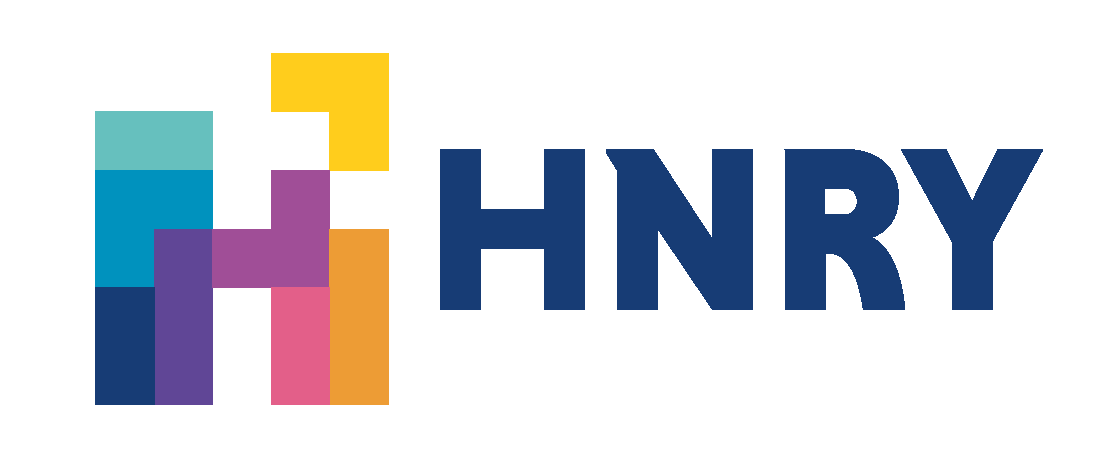

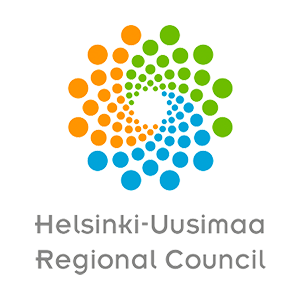
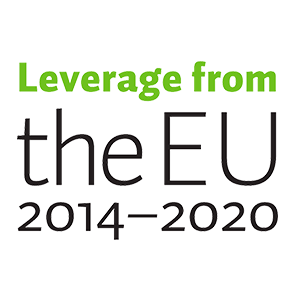
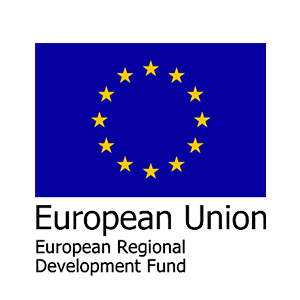
 Vuosaari Harbour aims to reduce the emissions from machinery
Vuosaari Harbour aims to reduce the emissions from machinery